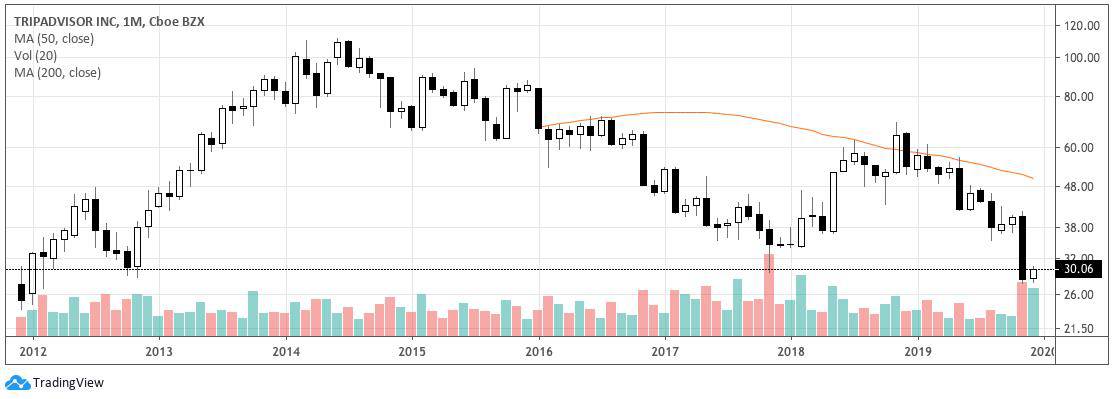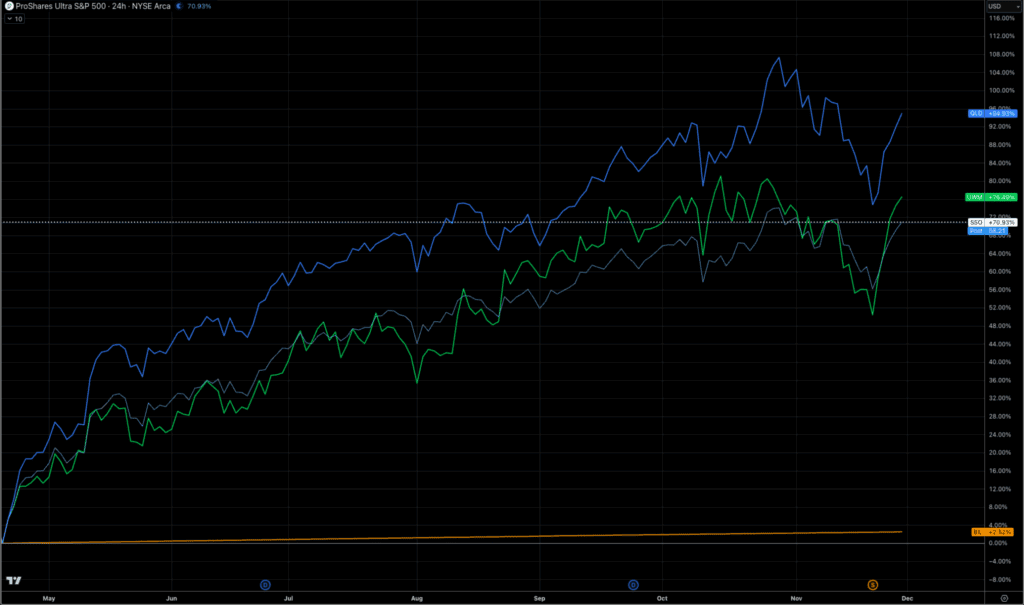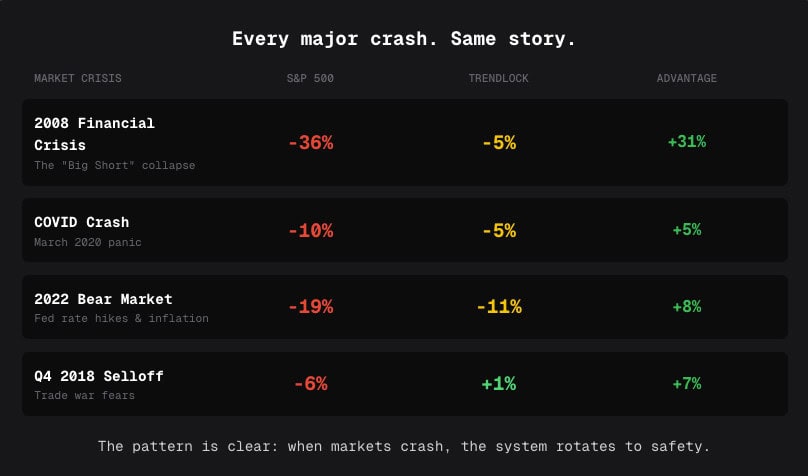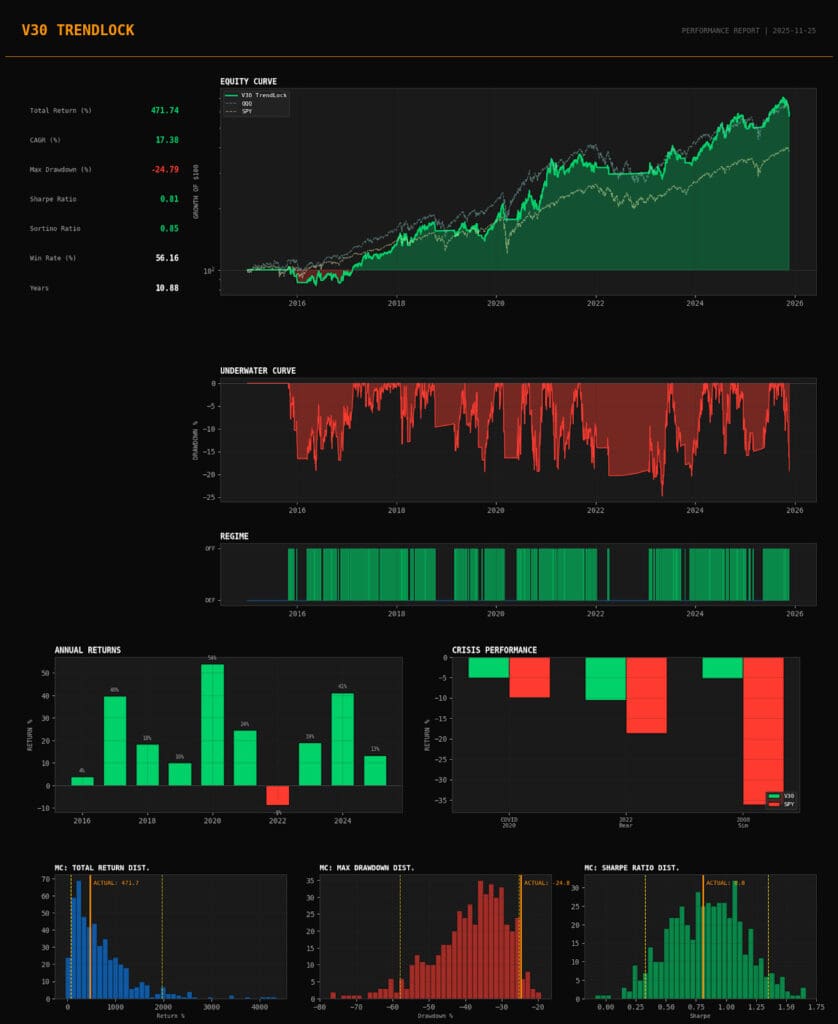Tax-loss selling (or harvesting) sounds complicated. But in reality, it’s simple. You sell your biggest losers to shield the gains you’ve made in the rest of your account. It’s not only retail investors with adept accountants that do this. Financial advisors, hedge fund managers and institutions all join in on the game.
Yet this tax strategy comes at a cost. Investors that focus on tax efficiency could sell at the very moment they should buy. So the cheap stocks get cheaper.
As value investors, this strategy becomes our advantage. We can position ourselves to buy from forced, not thoughtful, sellers.
This isn’t a post about the efficacy of tax-loss harvesting. That’s venturing well beyond my circle of competence. This piece is about understanding why it happens, when it happens and how we can take advantage of it.
When Does It Happen?
Many investors think about tax-loss harvesting around Thanksgiving and Christmas. The official deadline is usually around the last week of December (26th – 31st).
There are some investors that fill their tax-loss quota early in the year. Yet in most cases, procrastination wins. Investors rush to sell their losses towards the end of December only to find lower prices and no bids. There’s not a buyer in sight.
Doing some second-level thinking, this problem makes sense. After all, we’re the ones trying to take advantage of their selling. Investors that focus on absolute returns — like ourselves — know why these investors want to sell.
So we wait.
We don’t buy. Not yet.
This exacerbates the selling pressure as tax-minded sellers dump at any price.
Why Does It Happen?
Tax-loss harvesting happens for a couple reasons. One obvious reason is to shield any gains from investments or ordinary income. The second reason — which isn’t as sexy — is the need for advisors / fund managers to window-dress their portfolio.
Financial advisors face career risk with every quarterly / annual meeting. In other words, one bad quarter is all it takes for a client to move assets and find another stock picker. Because of this, many advisors ‘upgrade’ their portfolios right before their year-end review.
There’s a couple ways advisors upgrade their portfolio. They either sell their client’s biggest losers, exit turnaround projects or remove small cap companies. I’m not saying this is the right thing to do. But it happens. I’ve seen this first hand at my previous work. Michael Burry commented on this idea in one of his investor letters, saying (emphasis mine):
“Indeed, as the quarter came to a close, the stock came under renewed selling pressure, presumably as other investment funds worked to ‘window dress’ their portfolios for public viewing. Some element of early tax-loss selling may have played a role.”
Whether for tax purposes or a career risk, end of year selling presents opportunities for a specific group of stocks. Which we’ll chat about next.
What Kinds of Stocks Does it Impact
We know why it happens, and we know who’s doing the selling. Now we need to know what stocks get hit the hardest.
Scavenging the 52-week all-time low lists is a good start. These are stocks that tend to be down 40, 50, 60 even 80% on the year. In other words, most investors who bought these stocks are probably in the red. They’ll want to sell before the end of December.
You can also find thematic movements in tax-loss harvesting. 2019, for instance, should feature a lot of oil and gas names. Trends like this make things tantalizing from a deep value investor’s perspective. You combine a beaten down industry with forced sellers and it’s bottom-feeding time.
Regardless of the theme, any stock that’s down over 50% is a good candidate for more tax-related selling pressure.
How To Take Advantage of Tax Selling
This may sound counterintuitive, but the best thing to do during this time is wait. Sit on your hands. I know, it’s hard. But,like Livermore said, sitting tight is how you make the real money.
I form a list of 10-20 stocks that I think are primed for tax-selling / window dressing. Then I put those names in a watchlist. I’ll dive deeper into the names to make sure they aren’t zeroes (at least to the best of my ability). Then, I’ll wait for consolidation in the price charts.
Here’s what I’m looking for when going through my tax-loss buying candidates:
-
- Little to no debt. It’s hard to go bankrupt when you don’t have debt.
- Potential catalyst for earnings or revenue growth.
- Insider ownership
We don’t want to catch falling knives. Doing so will lead to a bleeding portfolio. This is where charts come in handy. They tell us whether downward momentum has been exhausted. Once consolidation occurs, I’ll buy around the low price support or after a breakout from the range.
This strategy relies on mean-reversion. I’m not looking for the best businesses. I’m looking for the ugly business that’s oversold and overlooked.
Some Ideas Going Into 2019 Tax-Selling Season
With our knowledge of tax-loss harvesting in place and our strategy defined; we’re ready to take on ideas. Here’s a few names I’m thinking about adding to my tax-loss harvesting watchlist:
1. Medifast (MED)
Medifast (MED) is a health and wellness company dedicated to helping others lose weight. The stock is down 40% YTD, making it a great candidate for tax-loss selling pressure. Yet does it deserve the current cheap price? Let’s take a look under the hood.
The company trades at 16x earnings and 9x EBITDA. They have zero debt and an activist investor who recently took a 15% stake in the business. MED hits many of the characteristics we want in tax-loss victims. A cheap price, no debt and incentivized management.
Meanwhile, famous value investor Bill Miller took a position in MED during Q3. Here’s Miller’s thesis (emphasis mine):
“The stock peaked about a year ago at $260 per share and has fallen to around $99 weighed down by competitive concerns after troubles at WW (formerly Weight Watchers) and Nutrisystem, along with some headline-grabbing short reports and concerns about an ERP (enterprise resource planning software) implementation. At the current level, the company trades for just 14.5x earnings with 20%+ topline growth going forward and a 3% dividend yield. If it reaches its 2021 target, it’s trading for only 10x earnings out a couple of years. We believe Medifast has the potential to double.”
2. Kirkland’s (KIRK)
Kirkland’s (KIRK) is a specialty retailer of home decor and gifts primarily focused in the United States. I know, retailer. I told you we were dumpster diving, didn’t I?
There’s plenty of reasons KIRK’s a candidate for our tax-loss seller’s watchlist. First, the stock is down 87% YTD. Shares are rather liquid (trading 390K/day), so anyone looking for that locked-in tax-loss harvest should get it. Second, the company’s a $16M nano-cap stock. Any advisor caught with an 87% loser AND a nano-cap stock would be in hot water.
Now let’s get to the good. The company has zero debt. In fact, they trade at roughly net-cash. KIRK has $1.04/share in net cash and its last quoted market price was $1.19. It’s also trading at an 88% discount to book value.
Here’s where things get interesting. KIRK generated $15M in EBITDA last year. That’s nearly its entire market cap in EBITDA. The company’s losing money but has bought back 1M shares over the last 6 months.
3. TripAdvisor (TRIP)
TripAdvisor (TRIP) operates a portfolio of online travel brands and consists of two main business segments: Hotel and Non-Hotel. Its website, TripAdvisor.com, is home to over 600M reviews on what to eat, where to go and things to do in various locations.
TRIP’s grown revenues, cash flow and paid down all short-term debt. Yet despite these achievements, the stock’s down 48% YTD. In fact, share prices haven’t been this low since 2012. TRIP generated $736M in revenue in 2012. Last year they did $1.6B. But the stock price remains the same.
The company trades for a mere 12x free cash flow (8% yield) and 9x EBITDA.
4. GameStop, Inc. (GME)
GameStop, Inc. (GME) is a hot-button value (trap) name. We know Burry’s actively pushing for massive share buybacks. The stock’s up over 30% since Burry’s letter to GME management. But the game isn’t over. Here’s Burry’s bull thesis over the next 2-3 years:
“We expect GameStop’s business will perk up a bit during 2020 and 2021 as the new console cycle, with associated software updates and introductions, finally gets underway. But what is happening now in the stock is about more than late-cycle doldrums or even the streaming paradigm – shareholders do not have faith in current management, and have not been inspired by new leadership policies.”
If you’re curious about this idea, an interesting play could be buying OTM call options on GME. Let’s take a look at the farthest-dated options and prices for the $7 strike price:
-
- April 16, 2021 for $1.53/contract
- July 16, 2021 for $1.70/contract
- January 21, 2022 for $2.05/contract
Concluding Thoughts
Forced selling from tax-loss harvesting creates a fertile ground to dig for dirt cheap companies. Like most deep value areas, tread with caution. Most of these companies are falling knives. Wait for consolidation, look for little-to-no debt, and position accordingly.
_______________________________________________








